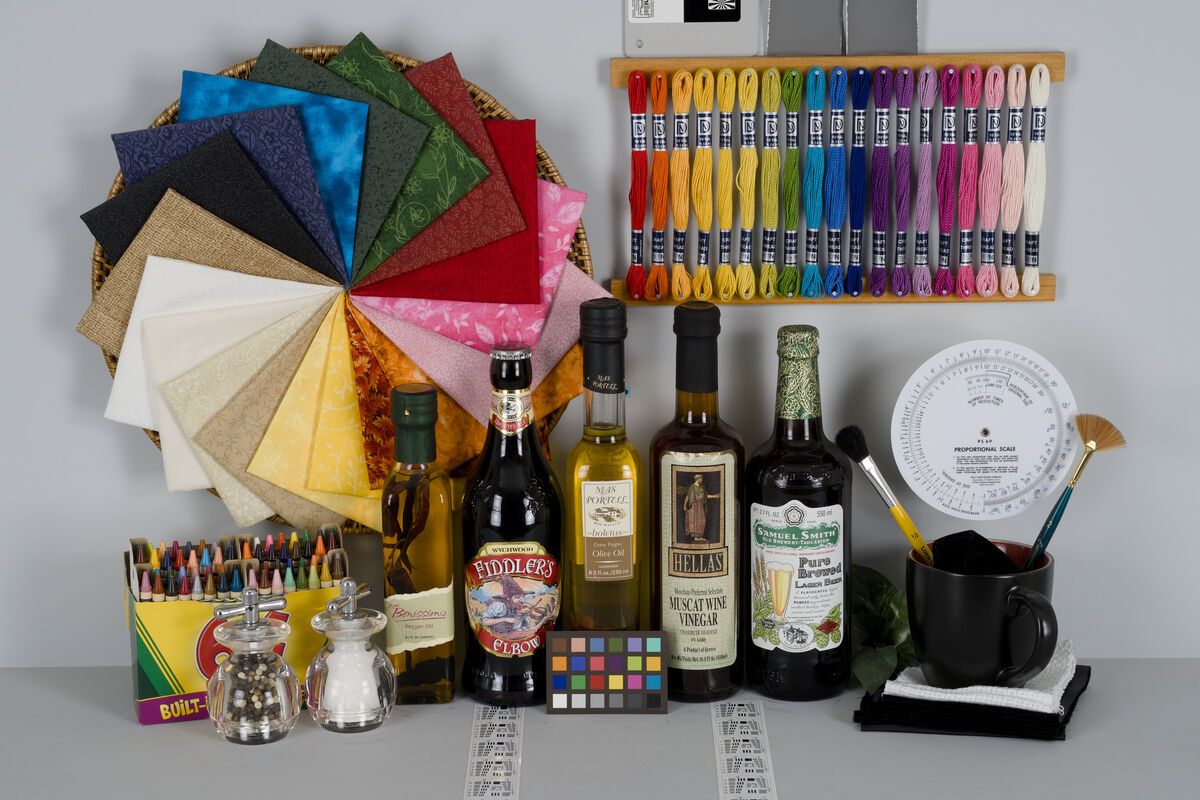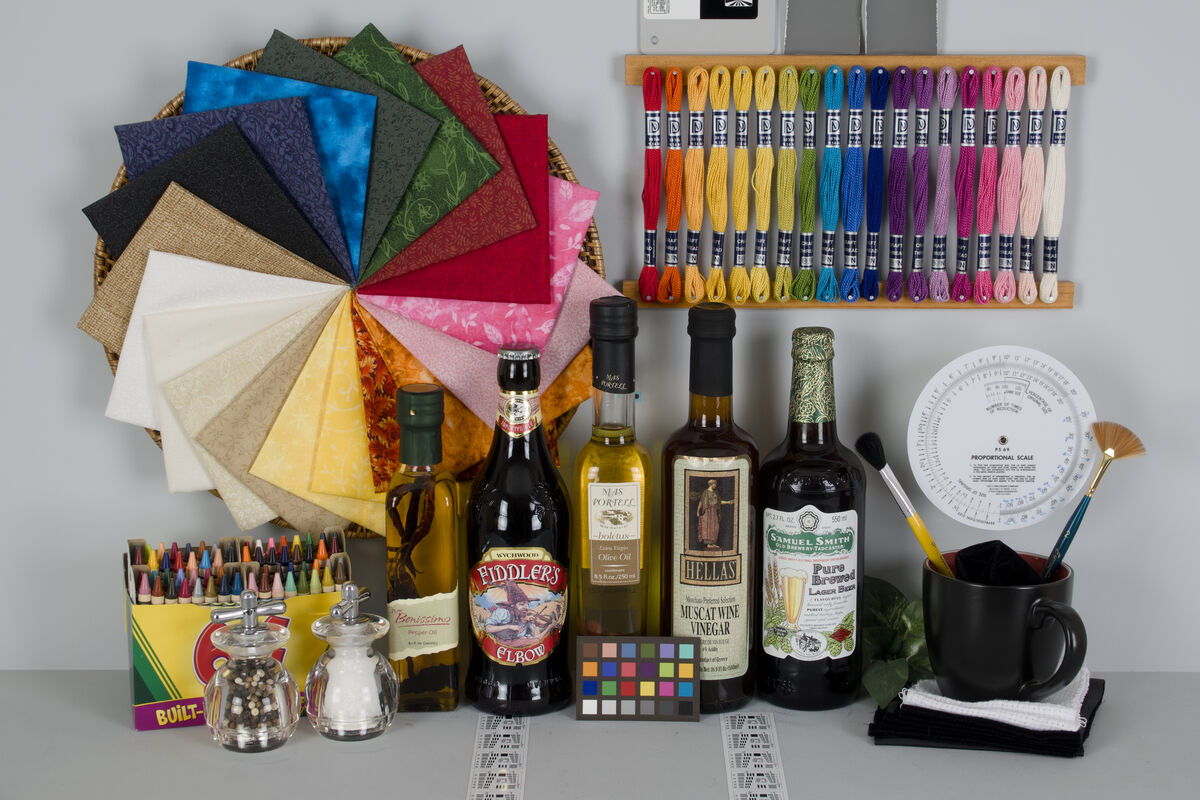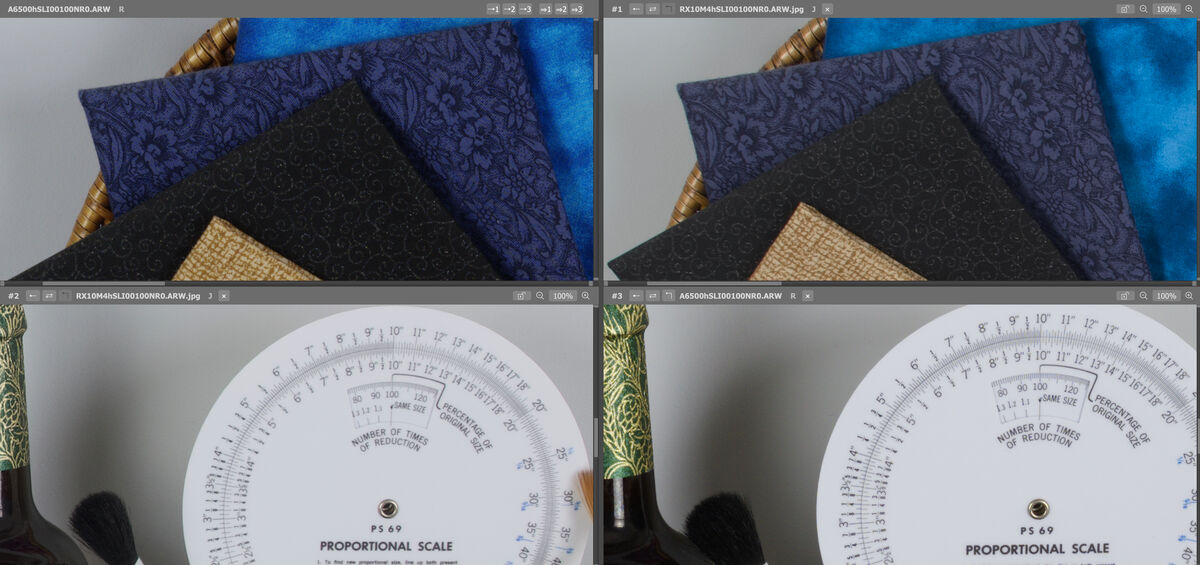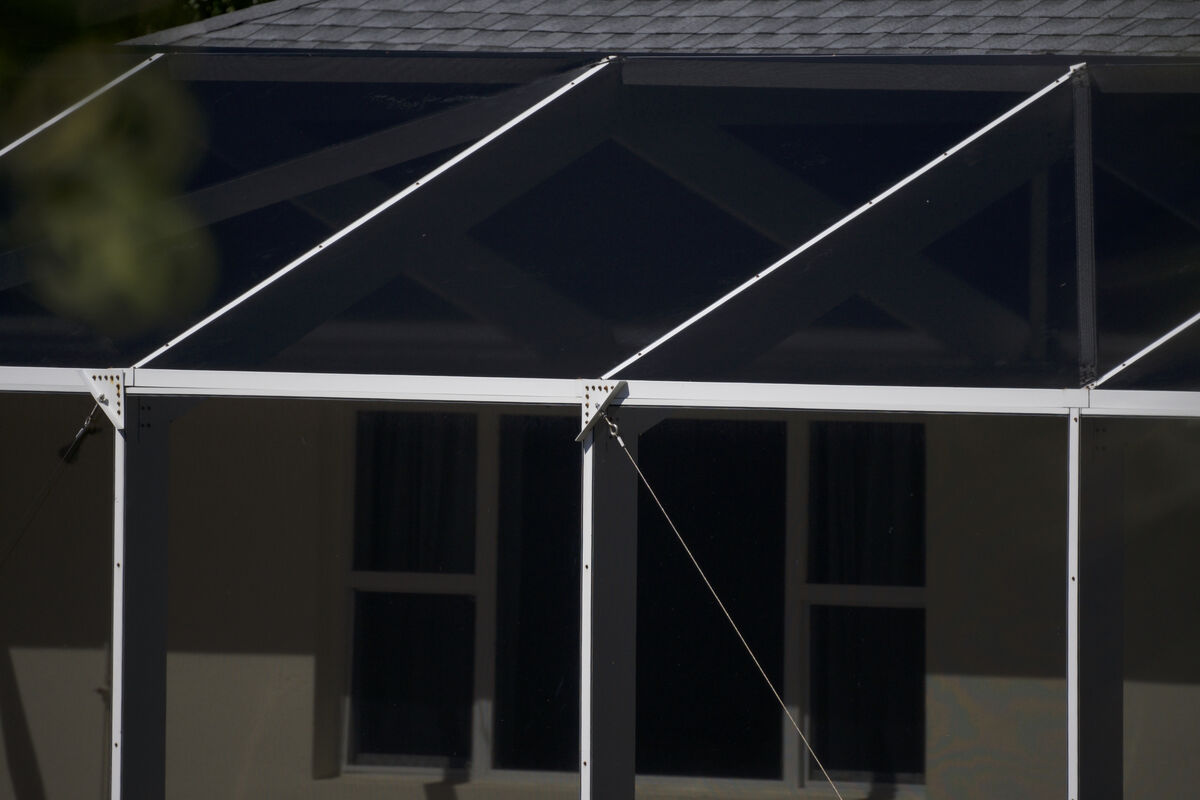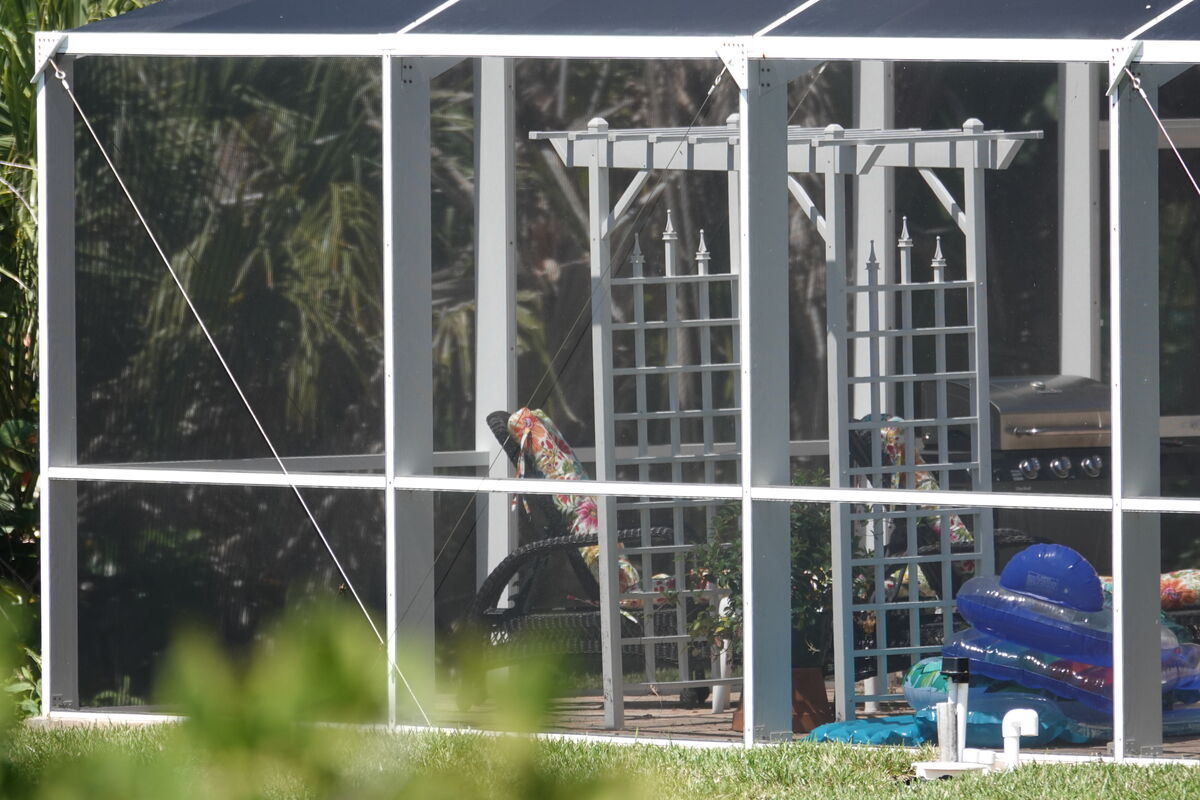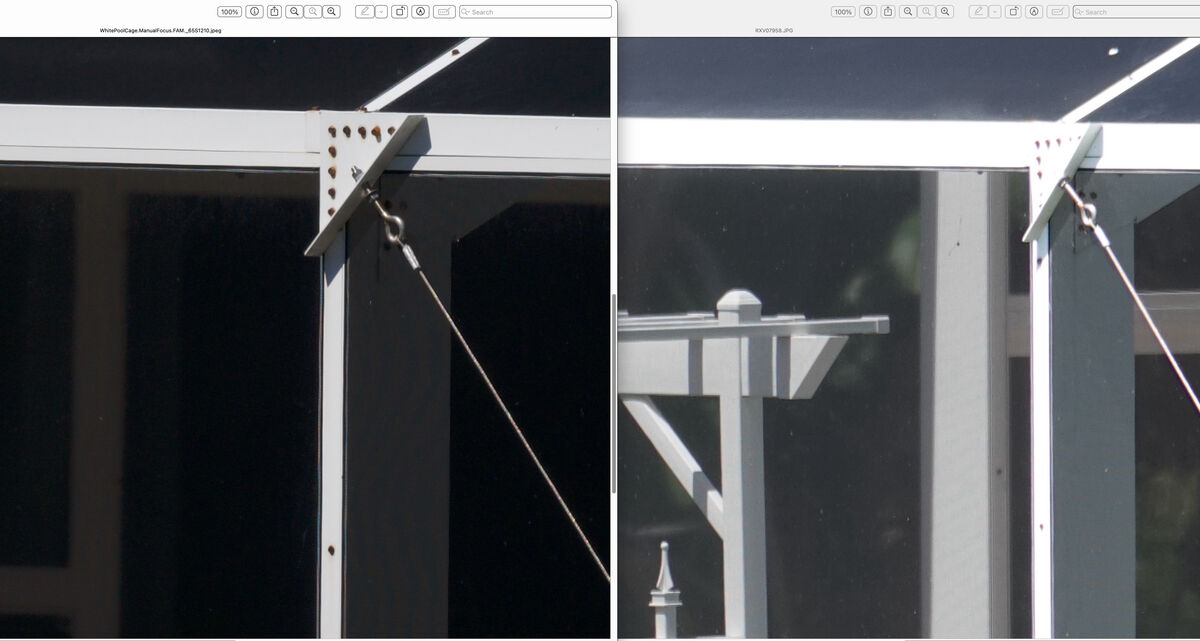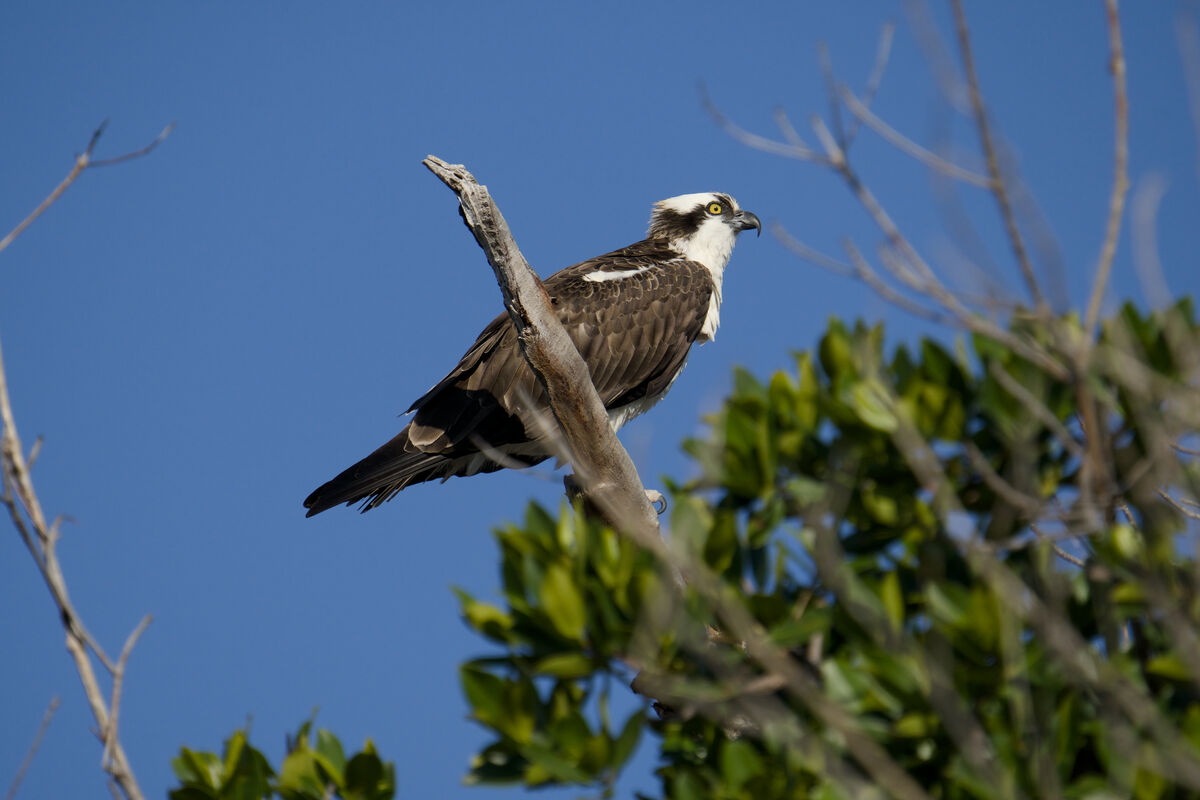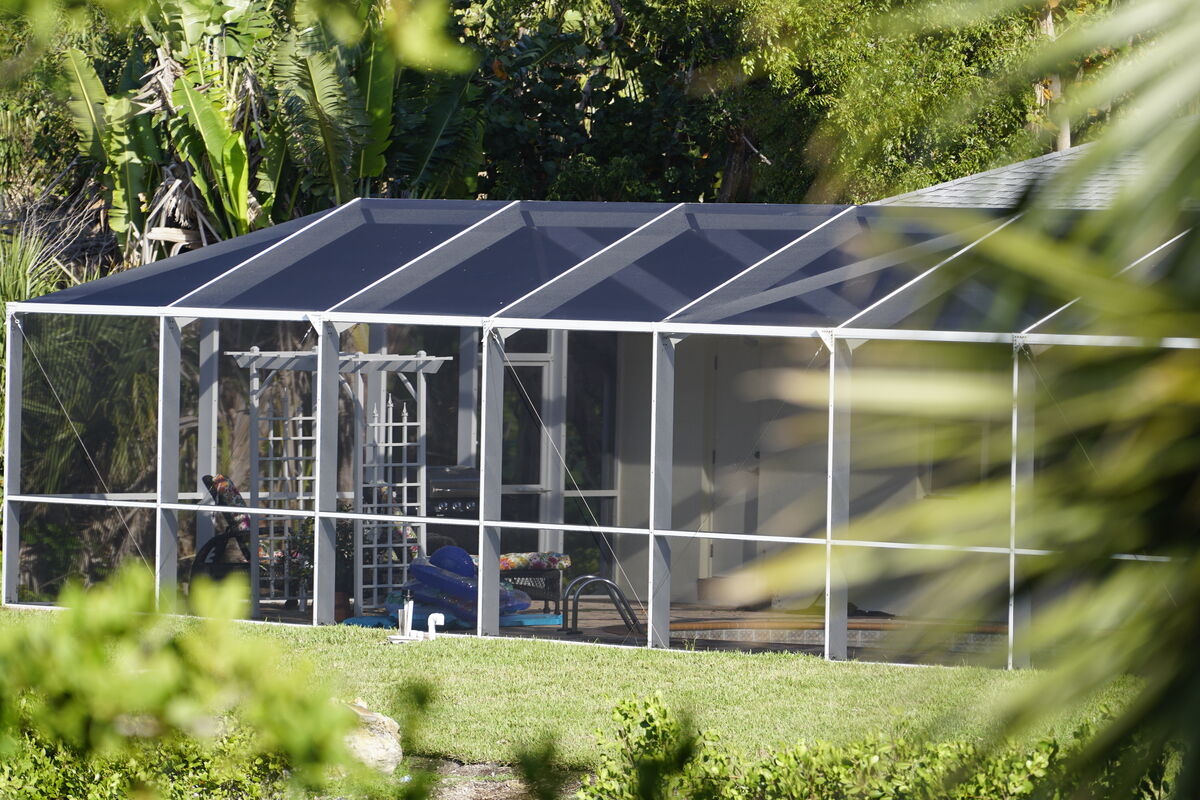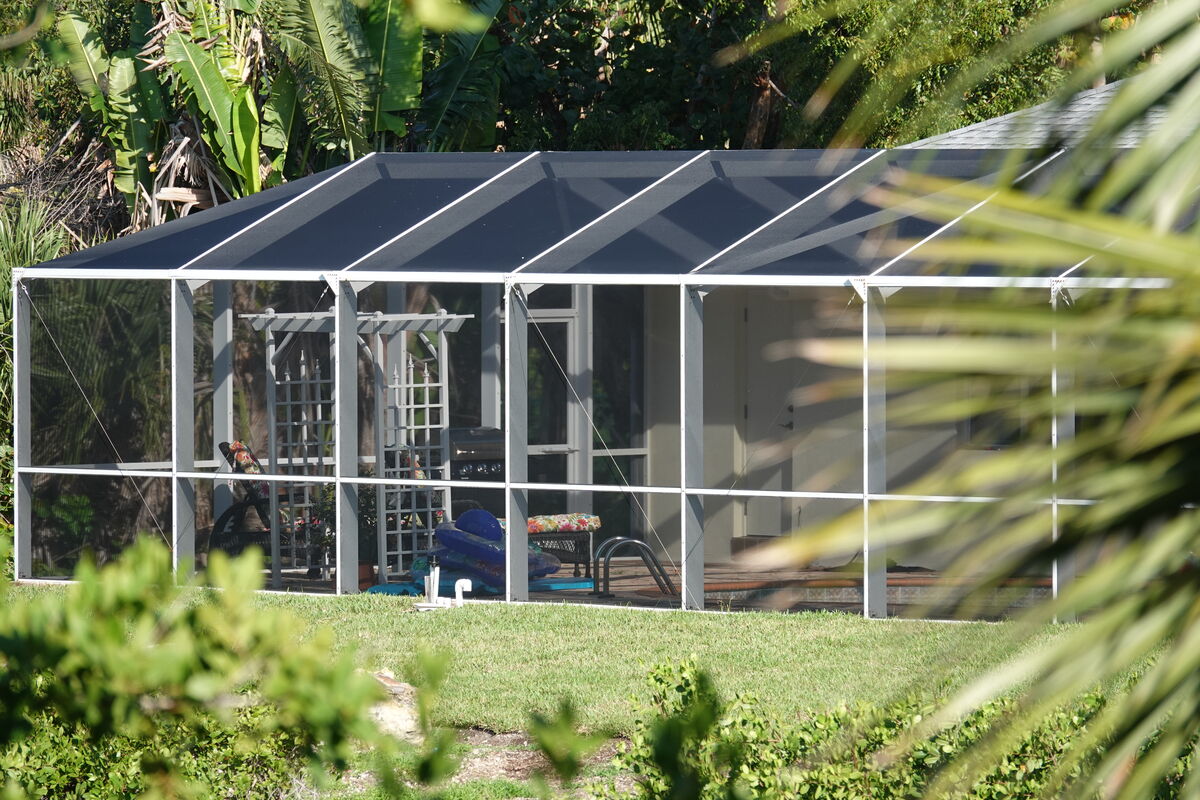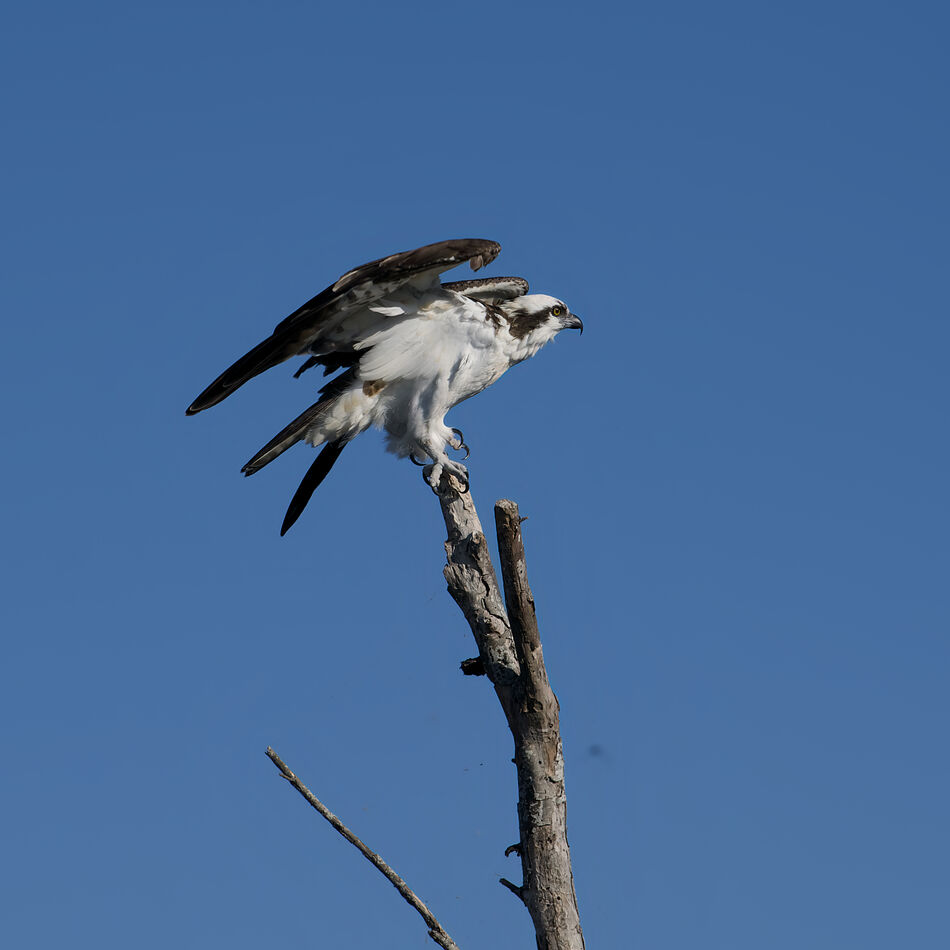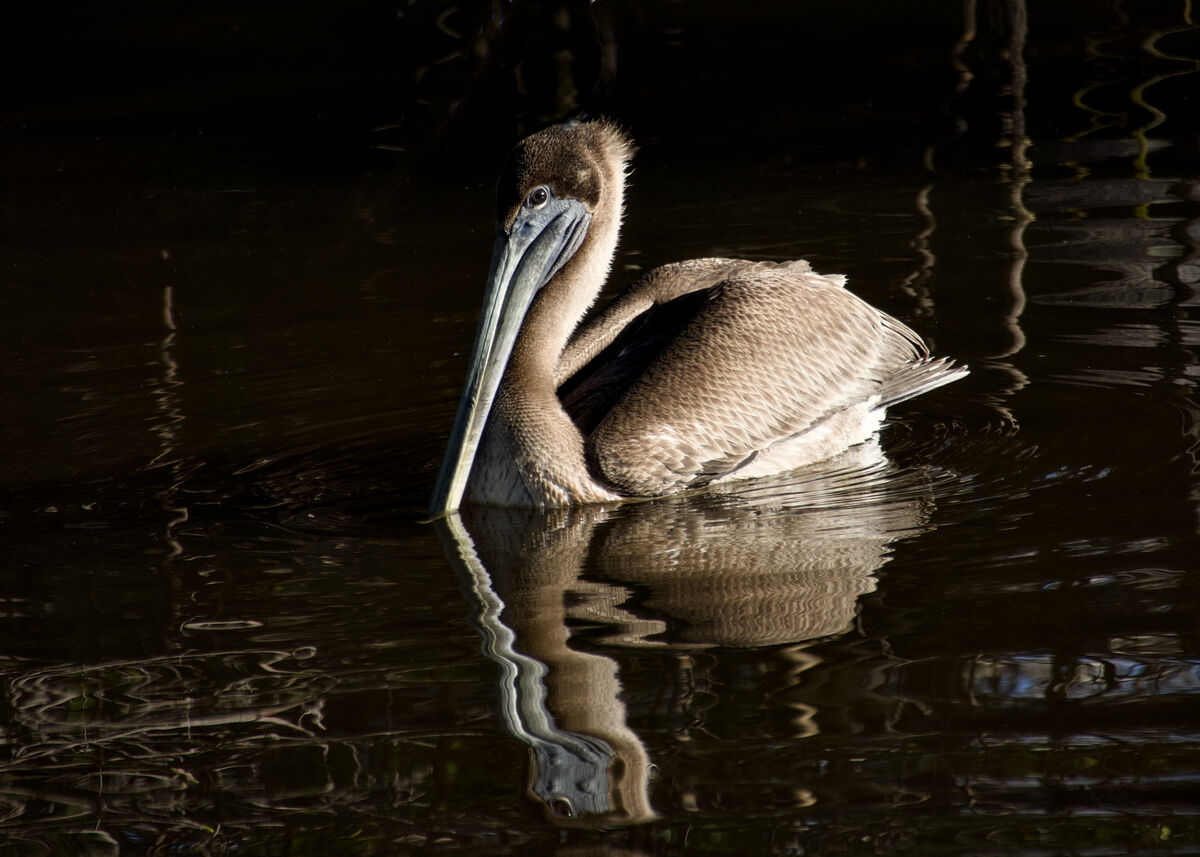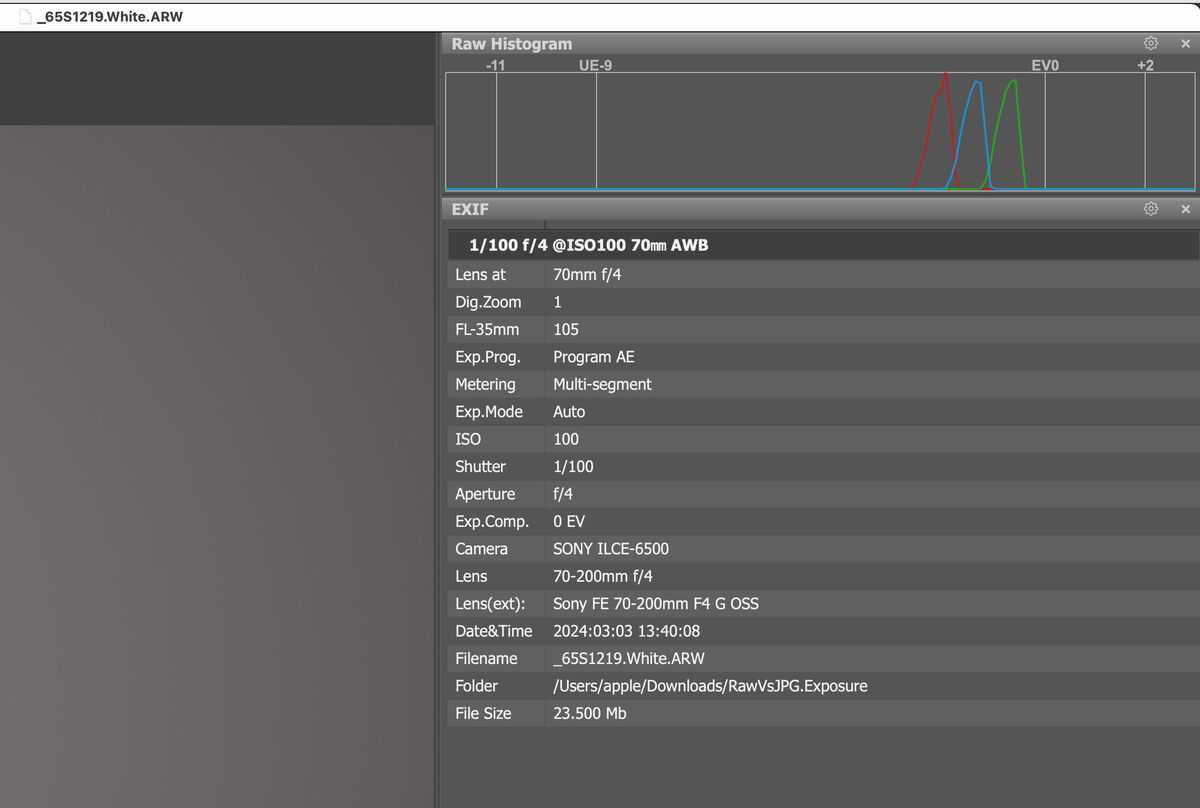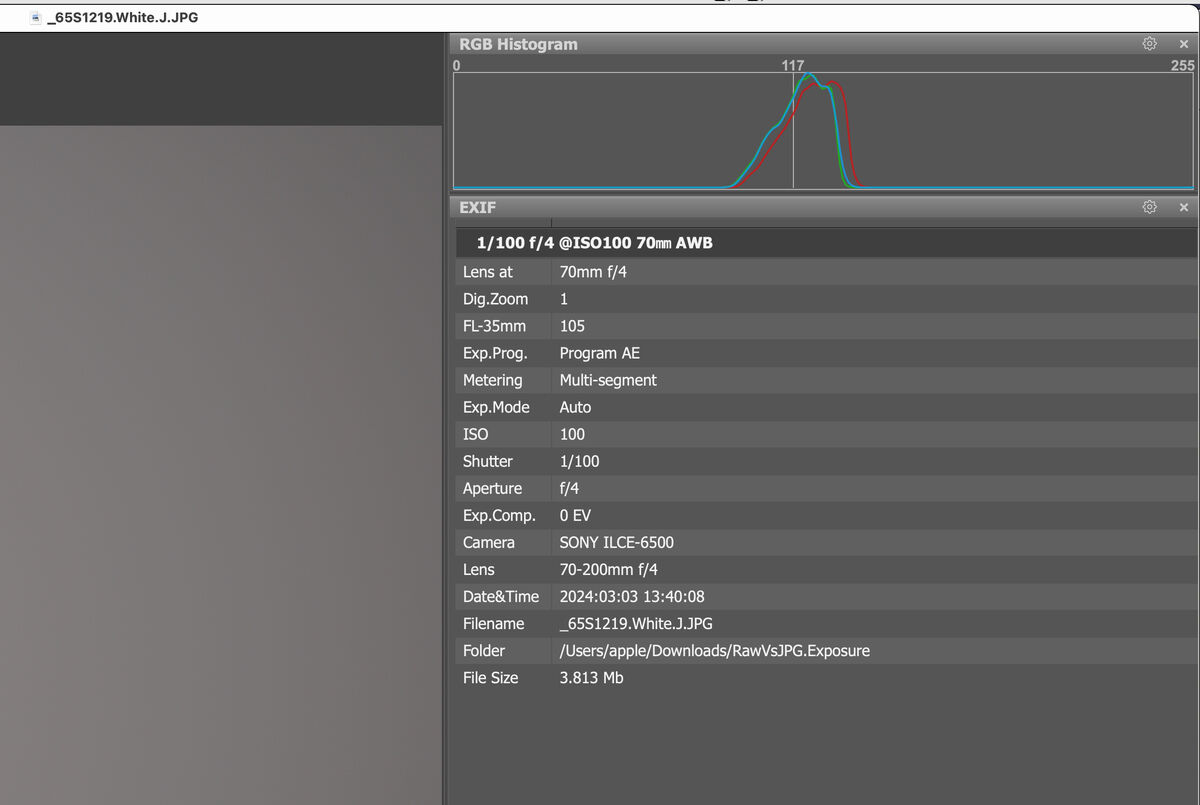Posts for: a6k
Mar 17, 2024 08:11:32 #
imagemeister wrote:
Where does this statement come from ??? I see it as just the opposite !
It should have been obvious that I meant beyond 600 mm equivalent. For instance 500 mm on APS-c. Or some of the M4/3 cameras.
Mar 16, 2024 20:27:01 #
imagemeister wrote:
t is unlikely that any 220 can be twice as sharp, ... (show quote)
I accept that this is your way of judging IQ:
"I do not care about photo sites or dynamic range - I care about subjective IQ results !"
But many others, myself included, would use objective measures. YMMV.
Here are test shots taken by "Imaging Resource" at ISO 100. The RX10 is very good but shows more grain or noise at 100%. Look at the circular slide rule for a difference in sharpness. Look at the dark blue fabric for detail capture. These were downloaded from the raw version and converted to JPG by Pixelmator Pro with no intervention. They were taken with short focal lengths. The RX10 is amazingly good when used this way. It's not very good when long focal lengths are called for and doesn't hold up to severe cropping as well as APS-C let alone full frame at ~60MP. The 4-way view is a screen capture of the raw files as seen in FastRawViewer which looks at the actual raw, not the embedded JPG.
Mar 16, 2024 14:40:10 #
nealbralley wrote:
The Tamron 150-500 for Sony is a great lens. While it isn’t a feather, it isn’t too heavy. Perhaps, instead, you should buy a carbon fiber monopod.
I use my Tamron 150-500 on a Sony a6600, and it takes pictures every bit as good, or better, as what I get with a Nikon D500 or D850 with the Nikkor 500mm PF lens. That Tamron lens is superb. I don’t think a bridge camera will compete! You will likely be giving up both lens quality and sensor size and quality.
I use my Tamron 150-500 on a Sony a6600, and it takes pictures every bit as good, or better, as what I get with a Nikon D500 or D850 with the Nikkor 500mm PF lens. That Tamron lens is superb. I don’t think a bridge camera will compete! You will likely be giving up both lens quality and sensor size and quality.
I do have a carbon fiber monopod, a good one. I recently posted about putting an enlarged bottom on it. We agree about the 150-500. I might still buy it if my experiment next month with a SAL70400 G2 doesn't make me happy enough.
Hopping in and out of my Jeep with a monopod has numerous physical drawbacks and my wife & I no long walk from spot to spot. That is why I sympathize with the OP!
Mar 16, 2024 14:35:10 #
imagemeister wrote:
This is the kind of subject you should be testing/comparing with ! - https://www.uglyhedgehog.com/t-749907-1.html
When you make your comparisons, ISO will be a major component ........the f4 possibility with the RX against an f8 possibility with the 6500/500 Reflex means the RX should be at 2 ISO stops lower in your test .
When you make your comparisons, ISO will be a major component ........the f4 possibility with the RX against an f8 possibility with the 6500/500 Reflex means the RX should be at 2 ISO stops lower in your test .
I am only commenting on your assertion that the RX10's IQ is better than some other, named cameras including the one I offered above. It's a very good camera I would recommend enthusiastically if it met the user's needs.
The RX10 in my experience (fully extended) is very good at F4 and best at 5.6 or F8.0 but the difference is slight. Remember, I used both cameras on "Auto". One could spend many more hours doing comparison testing. The 500 mm reflex lens is a prime and fixed at F8.0, nominally (closer to F7 in reality). It also has lousy DOF compared to a refractive lens.
Your comment on testing precision is probably accurate. But, more testing and more exacting setting-equalizers won't change the fact that the photo sites on the 𝜶6500 are almost twice as big as on the RX10 and a 500 mm prime lens is very hard to beat with a 220 mm 30x zoom lens. Btw, I verified that the 500 reflex that I have is very close in sharpness to the Tamron 150-500 so it is unlikely that any 220 can be twice as sharp, let alone at under $2k including the camera.
The area of the 𝜶6500 sensor is more than 3x that of the RX10 but the number of pixels is only 1.18x. The size of the pixel sites (assuming equal number per pixel) is thus 2.6x.
For an equal size target at an equal distance, a print with the same resolution will be 1.4x (lenses: 500 mm vs 220 mm). In reverse, the RX10 would have to enlarge 40% more and that's a loss of noise and/or resolution. It has to be 40% better IQ just to be equal on an equal print.
I know you like to shoot JPG-only and are a fan of Clear Image Zoom. In my extensive testing using CLI I was rarely if ever able to get better results than making the same enlargement in post-processing. In order to go beyond 220 (actual)/600 (equivalent) it's necessary to use one or the other or both. Within its optical limits the RX10 is a great camera and I use mine a lot, get lots of keepers, etc. It's also ergonomically the best camera I've ever used, bar none. Beyond its limits, other cameras including the alpha ILCE series will offer noticeably better IQ if used well and with good glass.
In addition, although not for everybody, the raw sensor on the 𝜶6500 has been measured better. See https://www.photonstophotos.net and any other site on the 'net. Since I shoot raw almost exclusively that is an important factor. For the OP, maybe JPG is more important. Ulimtately, the JPG produced by the camera is only as good as the underlying raw from the sensor.
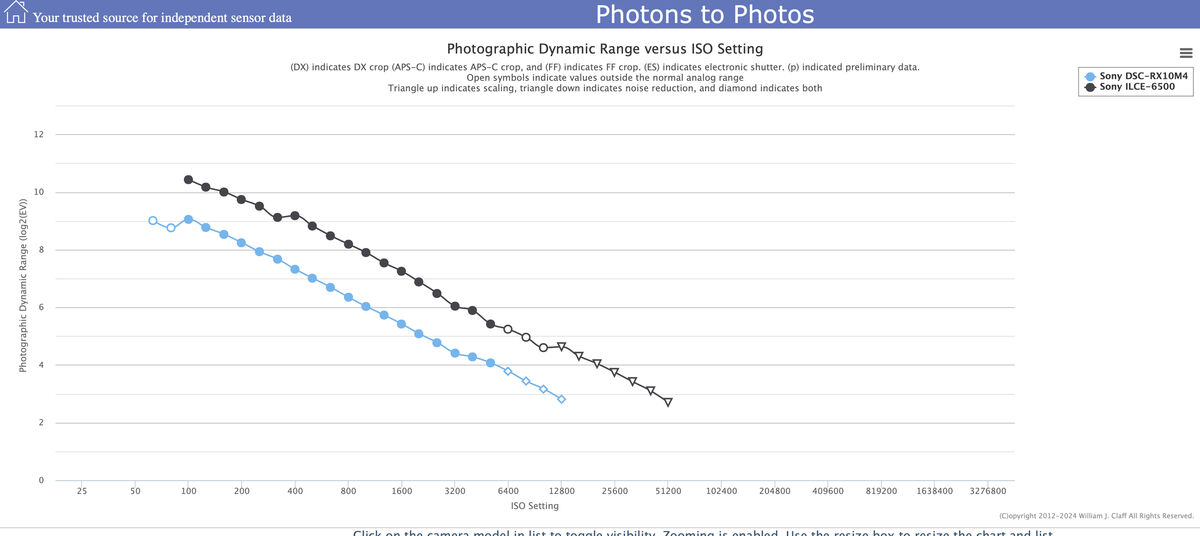
Mar 15, 2024 14:03:09 #
imagemeister wrote:
I do not see as even close - Use the RX10 more and you will get rid of the A6500 or, maybe keep it for lower light/higher ISO's ..... 

Here are two images of the same target but on different days.
One is with the 𝜶6500 and my Minolta 500/8 reflex and the other is with the RX10iv on which I tried for 750 equivalent using "Clear Image Zoom" but fell slightly short (675).
The RX10, IMO, is not as sharp or free of noise. But the composition is not exactly the same so it's a little harder to compare. If you look at 100% you will see that the bigger sensor does better even while being 11% more magnified.
This shot of an Osprey was taken with the 𝜶6500 and a rented Tamron 150-500. It's a JPG of the original raw with zero editing. It's a heavy combination that produces results that my RX10iv can't match. This was taken at equivalent 750 mm.
I am very fond of my RX10iv but I'm not ready to stop using the 𝜶6500.
Mar 15, 2024 11:55:27 #
I had tried Bay photo but did not like their price for shipping.
I tried Amazon and Nations with the same JPG as a test. I asked for 8x10 with no correction, etc. I used my calibrated BenQ Monitor but no printer profile.
The Amazon print was easily the worst I've ever seen and totally bad. Cheap and fast but no good. Bad colors, way too light, etc.
The Nations print was much more reasonably priced for shipping and about the same as the others for the print. The packaging was excellent. The Fuji Pearl paper is my favorite. The print was excellent. FWIW, I will use them again.
Just because someone might ask: The picture was a "grab" shot with the rented 𝜶6700 using animal eye focus setting. The lens was the Sony FE 70-200 G (F4)
I tried Amazon and Nations with the same JPG as a test. I asked for 8x10 with no correction, etc. I used my calibrated BenQ Monitor but no printer profile.
The Amazon print was easily the worst I've ever seen and totally bad. Cheap and fast but no good. Bad colors, way too light, etc.
The Nations print was much more reasonably priced for shipping and about the same as the others for the print. The packaging was excellent. The Fuji Pearl paper is my favorite. The print was excellent. FWIW, I will use them again.
Just because someone might ask: The picture was a "grab" shot with the rented 𝜶6700 using animal eye focus setting. The lens was the Sony FE 70-200 G (F4)
Mar 15, 2024 10:31:20 #
imagemeister wrote:
You have done the RIGHT thing and it should be with no regrets or looking back! - I have Tamron 150-600 G2, Canon 400 f4 DO, Canon 400 5.6L, Sony 70-400, on Sony A99, A9, Canon 80D and Canon 1D mark IV - The Sony RX10m4 @ 100, 200, and 400 ISO BEATS them ALL ! The Canon 70-300 IS II on the 80D is my only combo that really competes with the RX10 for image quality ! Sad, but that is the reality. The RX10 is mindblowing - https://www.uglyhedgehog.com/t-802108-1.html#14510129
I was going to "prove" that the IQ of the RX10iv doesn't compare to the IQ of my 𝜶6500. Oops. I may have been wrong.
I mounted my excellent FE70-200/4 on the 𝜶6500. That gives an "equivalent" 300 mm. I set my RX10iv to 300 even though it can go to "equivalent" 600 mm. Then I took some raw+JPG shots of my favorite evaluation target at about 10 a.m. today using a railing to keep the cameras steady. Then I selected the best shot from each. I used both cameras on "auto" although that is not how I usually use them.
These two shots are SOOC.
Here are the two shots. You decide. I lean toward the RX10iv but it's close.
That said, my 𝜶6500 with a 500 mm lens is in another category. That would be a 220 actual on a 1" sensor vs a 500 actual on a APS-C sensor. Then it's not even close. But my trusty RX10iv is better than I thought!
Mar 15, 2024 08:01:13 #
Icarus-1 wrote:
Hi, so my PC died last night and I decided to switch to a Mac. Then bought the Mac Studio. I have 13 external hard drives of photos and videos and must now copy my photos to XFAT formatted drives to be able to read my photos. Anybody here has experience with this? I’d like to hear out suggestions.
Just a quick note: a Mac can read and write ntfs drives over home network if they are on a PC. Cheap and instant solution. Also NAS maybe. I share that way with wife’s PC. No additional SW.
Mar 14, 2024 13:32:16 #
Floyd wrote:
Both are beautiful pictures! Did you notice the large sensor spot below the osprey?
Good spotting (pun intended). I should have edited it out. I have since cleaned the sensor. This illustrates (pun) the advantage of the RX10 which doesn't have interchangeable lenses and thus no opportunity for dust on the sensor.
Thanks for liking them.
Mar 14, 2024 11:03:28 #
Shooter41 wrote:
Dear a6k... If I understand your reply correctly, ... (show quote)
The pelican was shot with a Sony RX10 iv, not the 𝜶6500 (which was what I used for the Osprey). I had forgotten about editing out the limbs but I now see from comparing to the raw version that I did. It was handheld. I sometimes use a monopod but the area where I shot that is a drive-thru and I usually just get out of the car and shoot. Ding Darling Wildlife Refuge, Sanibel, FL.
The Pixelmator Pro (only on Mac) is an excellent post processor but many others are good, too. I find it easy to "repair" shots with it. It's also very affordable compared to most other apps of that level. It's comparable to PhotoShop, they say. I only use basic editing.
Here is the EXIF. I'm no longer steady as I was when young. The shutter speed was 1/500. The Pelican was in sunlight but the background was in shade. You can see from the EXIF that the picture is dark (BV 10 is normal average daylight) but it would have been a morning drive since that is when the birds are feeding at the refuge. At that time, the sun is on my right, birds usually on the left.
btw, the date is wrong. It was this year. My camera's battery was out so long it forgot the time/date. That camera and the 𝜶6500 both run the battery down even when shut off so I keep the battery out of them.
This shot of 2 pelicans was taken by my wife with a Nikon Coolpix P1000 (in bird mode) and is not edited other than a bit of brightening for a print. It proves that you don't need a high-end camera (sometimes). I had it printed 8x10 and it is just as good as my stuff. It shows the environment where the pelicans were loitering so that's why I'm including it here. These birds were on the sunny side of the road but it shows why my picture looked so dark.
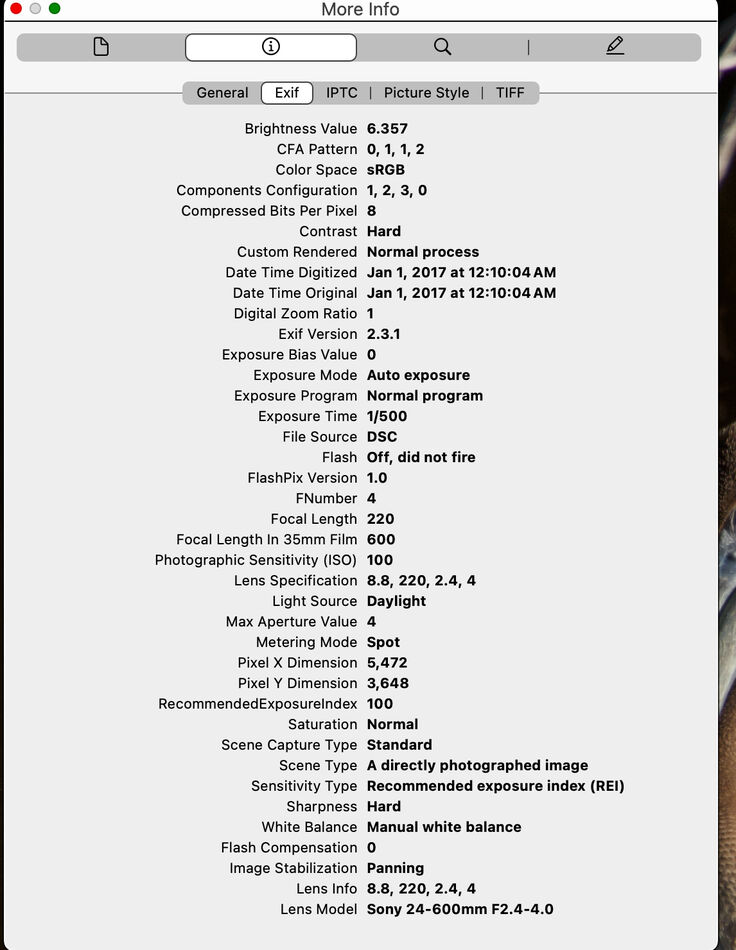
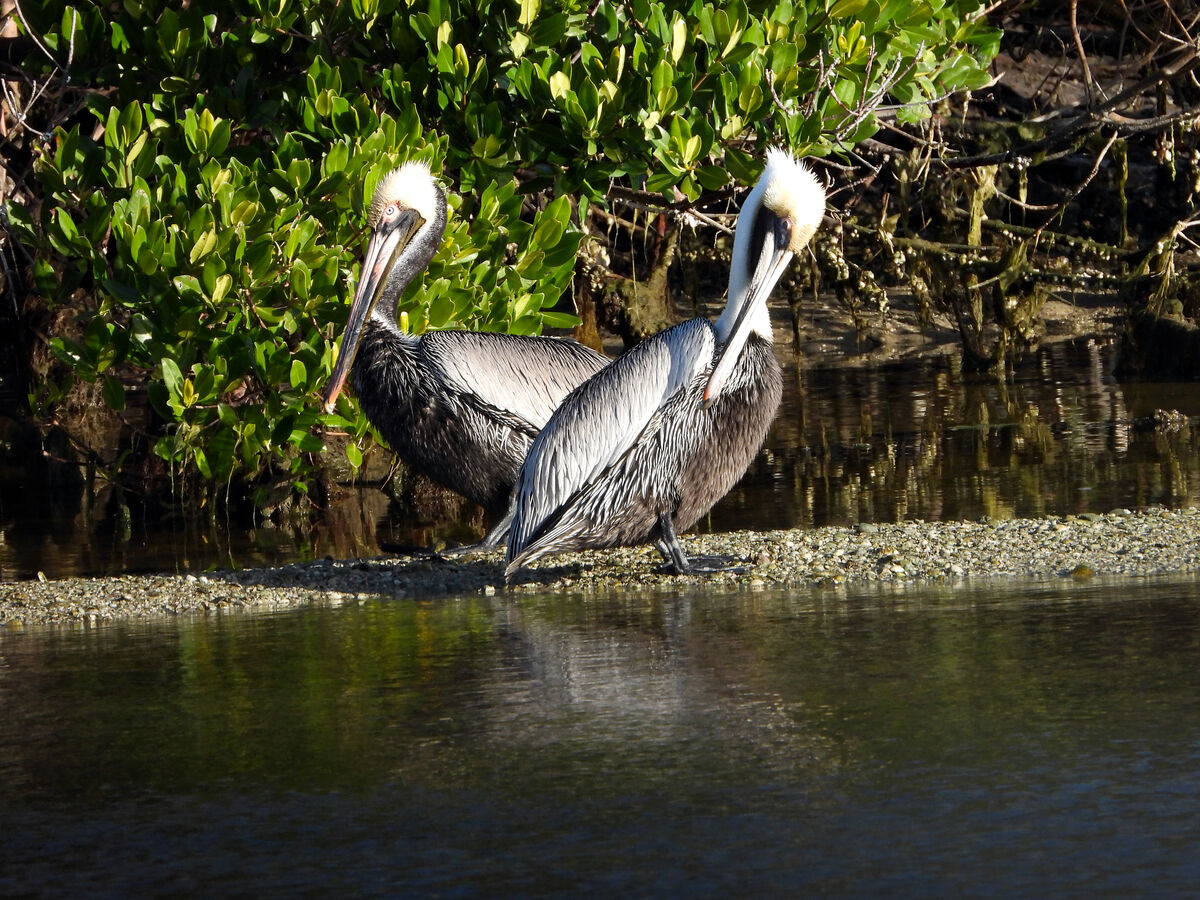
Mar 14, 2024 09:28:47 #
Mar 14, 2024 08:50:21 #
lyndacast wrote:
I am a Nikon shooter and was excited to put the Ta... (show quote)
Sympathy! I'm there, too. I have the RX10iv and some of my best birds and wildlife shots were taken with it. It even has animal eye recognition (cats for sure, not certain about birds).
But I'm still addicted to the higher quality raw shots from my SONY 𝜶6500. I am going to try an A-mount 70-400 on it (I have the required adapter already). Bought used, of course. I can recommend. either that lens or the FE100-400. I've used both and they are excellent with that small, lightweight camera.
I've used the Nikon-mount 150-600 and also found it too big and heavy for walking around shots.
One was taken with the 𝜶6500 and Sony FE70-200. The other with the RX10. I am fond of both. The best camera is the one you can actually carry and use.
Mar 8, 2024 15:08:10 #
Since sometimes the bird is in shade or on a cloudy day, another way - if using raw - is to meter the bright white and open by 3 stops. For JPG, 2.5 is safer.
Both RawDigger and FastRawViewer show that the metered exposure will be 3.33 stops below saturation. Of course, equipment varies. This is true for my Sony 𝜶6500.
Even if the green channels are blown, the red and blue may not be. In these two screenshots from RawDigger the OE indicator is turned on. One shot shows some blown part, the other doesn't. The camera in this case was a 𝜶6700 that I rented. The birds were at Ding Darling refuge. I had not yet calibrated the rental.
On the shot that has no overexposure, the maximum value is in the green channels and is about 1/3 or 1/2 stop below maximum (2^14=16384)
I also attached a screenshot from FastRawViewer of the one with blown highlights.
When the sunlight is "broad daylight" and the birds are not in shadow then EV15 on Manual is the way to go for very dependable results.
Both RawDigger and FastRawViewer show that the metered exposure will be 3.33 stops below saturation. Of course, equipment varies. This is true for my Sony 𝜶6500.
Even if the green channels are blown, the red and blue may not be. In these two screenshots from RawDigger the OE indicator is turned on. One shot shows some blown part, the other doesn't. The camera in this case was a 𝜶6700 that I rented. The birds were at Ding Darling refuge. I had not yet calibrated the rental.
On the shot that has no overexposure, the maximum value is in the green channels and is about 1/3 or 1/2 stop below maximum (2^14=16384)
I also attached a screenshot from FastRawViewer of the one with blown highlights.
When the sunlight is "broad daylight" and the birds are not in shadow then EV15 on Manual is the way to go for very dependable results.
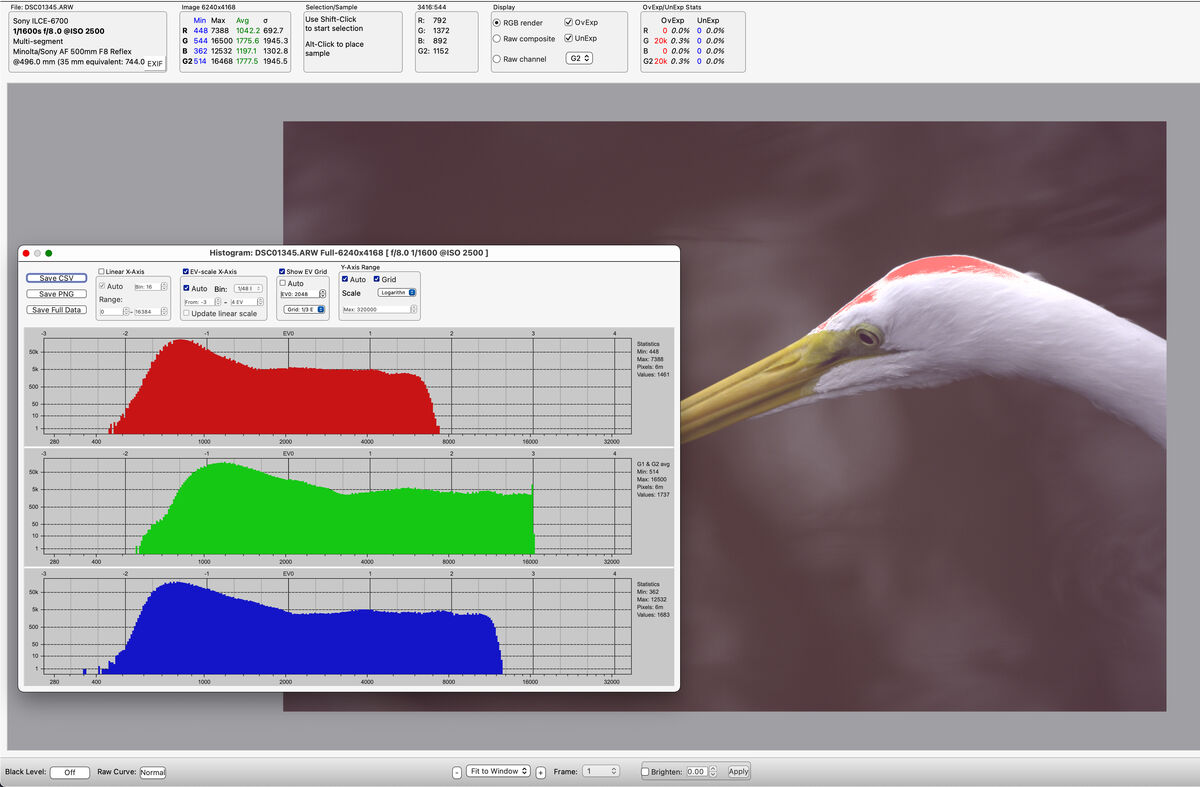
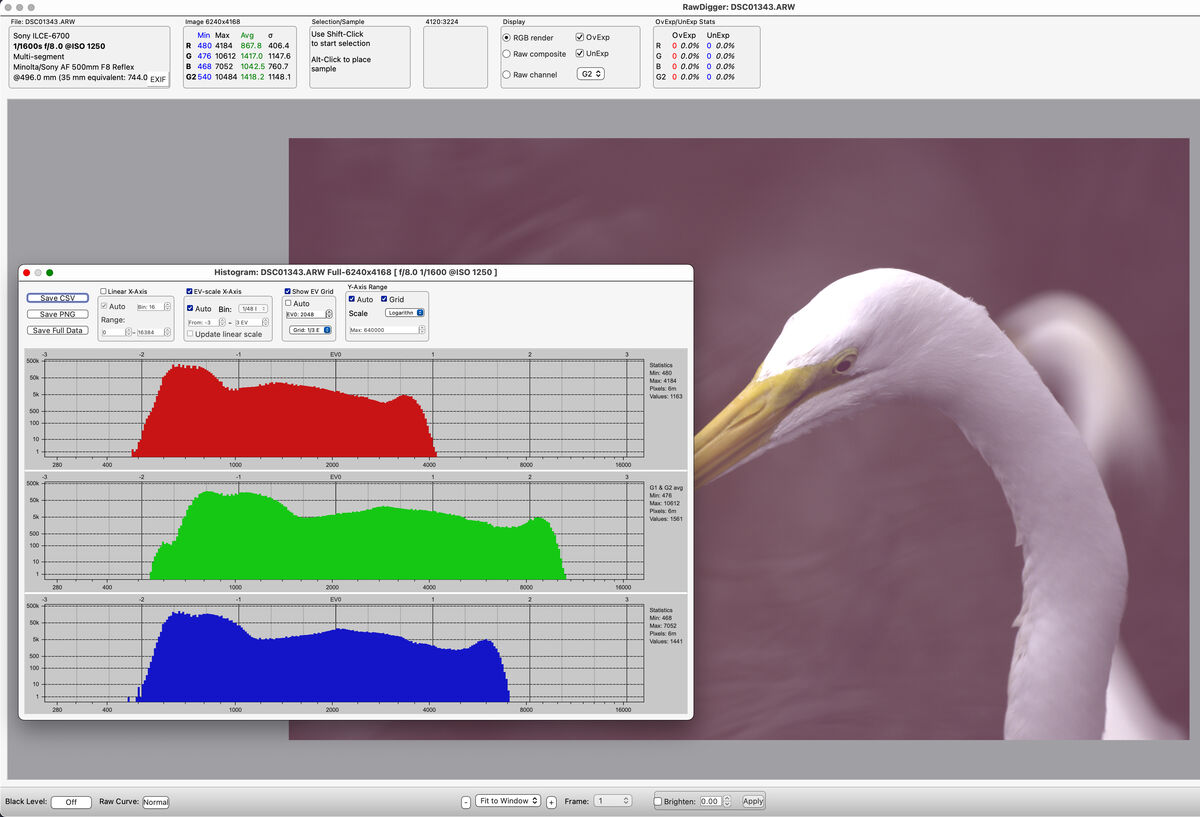
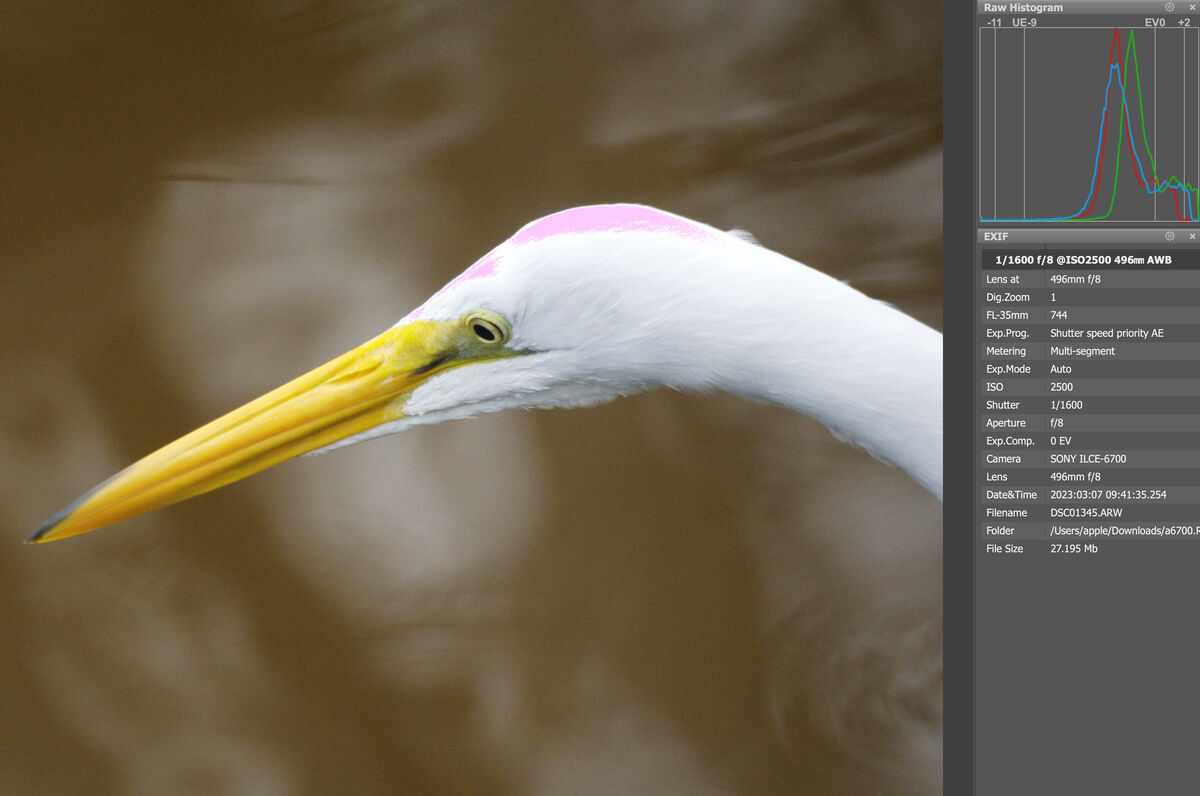
Mar 5, 2024 08:03:13 #
a6k wrote:
This article by Mr. Borg, one of the experts behin... (show quote)
I should have added this mathematical tidbit:
12.5% is 3 stops and 18% is 2.47 stops.
Mar 4, 2024 17:25:47 #
scoundrel wrote:
I have never seen a 12% reflectance gray card, but... (show quote)
This article by Mr. Borg, one of the experts behind RawDigger may help explain. Some key points IMO:
1. There is no ISO standard applicable to raw
2. It is common for camera makers to apply different standards to raw vs JPG "middle gray".
3. The result of the different standard is that the raw middle gray leaves more room from middle gray to fully saturated than JPG.
The PDF is downloadable. The two screenshots from FastRawViewer are from the same picture using "raw+jpg". The files were not edited at all. For those who don't know, FastRawViewer uses the same technology as RawDigger. The exposure was of my monitor's screen. The screen was displaying a background I created which is 255,255,255 or as white as possible. The camera, of course, tries to render it middle gray. You can see both in the part of the image that is showing and in the histogram, the significant difference. This merely demonstrates the understanding from the article.
Using FastRawViewer's ability to increase exposure in the display in 1/3 stop increments and its ability to show over exposure I demonstrated that the distance from the raw image's middle gray to maximum is 3.33 stop but the distance for the JPG is less, perhaps only 3.0 stops.
You can tell from the filenames which is which. Also by the caption on the histogram. BTW, using Mac's Preview does not show this. Like most viewers, it interprets a raw file according to the embedded JPG. But FastRawViewer does it right.
